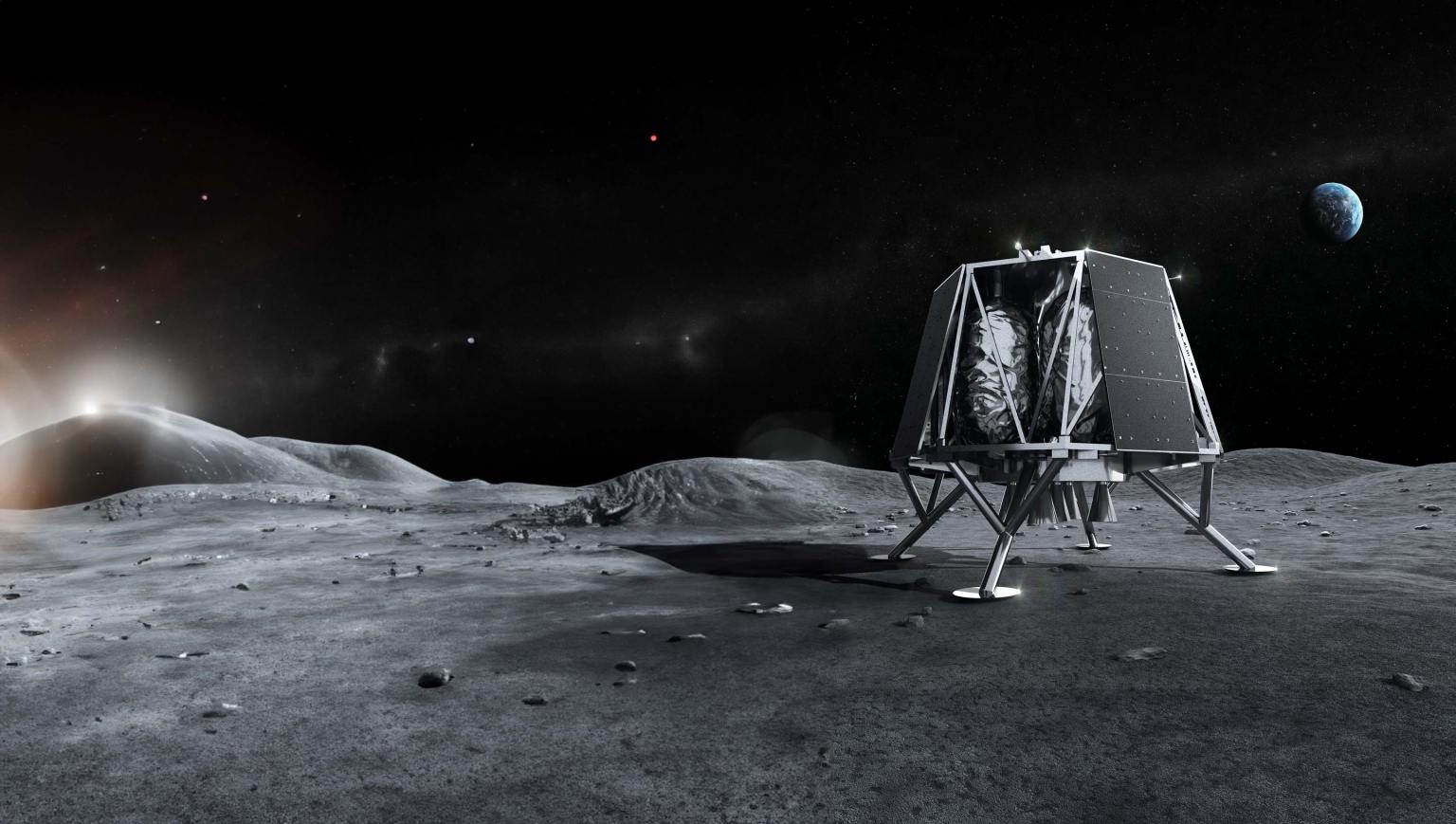
CP-12 Science Payloads
Team Draper's ispace-U.S. APEX®1.0 lunar lander will deliver three NASA CLPS payloads to Schrödinger Basin.
FSS
- Summary: The Farside Seismic Suite (FSS), one of the two payloads to be delivered to Schrödinger basin, will carry two seismometers: the vertical Very Broadband seismometer and the Short Period sensor. FSS will return the agency’s first seismic data from the far side of the Moon, helping scientists to understand tectonic activity there. This may reveal how often the lunar far side is impacted by small meteorites and provide new constraints on the internal structure of the Moon.
- Type of Instrument: Seismometers
- Key Measurement: Determine if the seismicity is different on the far side of the Moon than what was measured by Apollo on the lunar near side.
- Task Order: CP-12
- Lead Development Organization: NASA’s Jet Propulsion Laboratory
- Payload PI: Dr. Mark Panning
LITMS
- Summary: The Lunar Interior Temperature and Materials Suite (LITMS), also headed to the Schrödinger basin, is a suite of two instruments: the Lunar Instrumentation for Subsurface Thermal Exploration with Rapidity (LITMS-LISTER) pneumatic drill and the Lunar Telluric Currents (LITMS-LTC) electrodes. This payload will investigate the heat flow and electrical conductivity of the lunar interior in the Schrödinger basin, giving an in-depth look at the Moon’s internal mechanical and heat flow. The Lunar Magnetotelluric Sounder (LMS) is therefore a virtual instrument composed of data from LTC and LuSEE-Lite.
- Type of Instrument: Lunar Magnetotelluric Sounder and Heat Flow Probe + Sounder and Drill
- Key Measurement: Determine the heat flow in thick lunar crust and the electrical conductivity of the interior.
- Task Order: CP-12
- Lead Development Organization: Southwest Research Institute
- Payload PI: Dr. Robert Grimm
Note: See also 19D-Firefly
LuSEE-Lite
- Summary: LuSEE-Lite uses plasma wave measurements to characterize the lunar ionosphere and the interaction of the solar wind and magnetospheric plasma with the lunar surface and crustal magnetic fields. The payload uses DC electric and magnetic field measurements to study the conditions that control the electrostatic potential of the lunar surface, which in turn plays a controlling role in dust transport.
- Type of Instrument: LuSEE-Lite is a suite of sensors and electronics designed to measure and characterize the electric and magnetic field environment of the lunar surface from DC to 20 MHz. The payload consists of a fluxgate magnetometer, a search coil magnetometer, and a 7-meter-tall vertical monopole.
- Key Measurement: Lunar ionosphere – plasma waves, surface geospacer interactions – plasma waves, lunar surface electrostatic potential/sheath, dust/electrostatic field interactions, support for LMS/LITMS electromagnetic sounding, electrical structure of the upper mantle
- Task Order: CP-12
- Lead Development Organization: University of California, Berkeley
- Payload PI: Dr. Stuart Bale






























